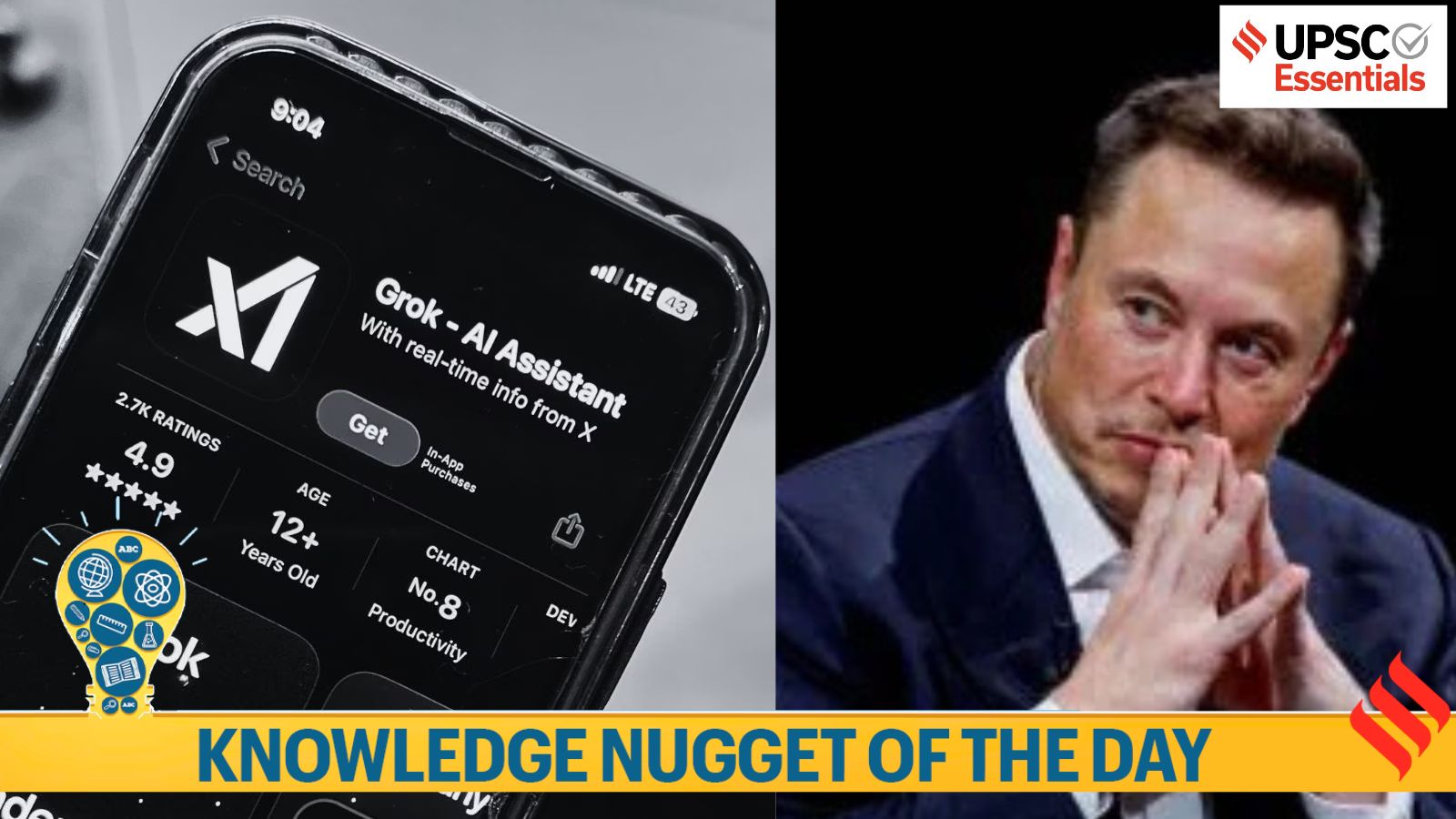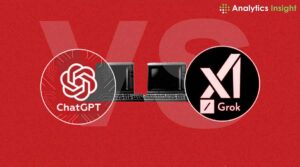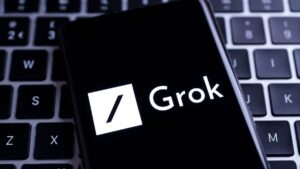Understanding Grok AI and Safe Harbour Protection: Essential Knowledge for the UPSC Exam

Understanding Grok and the IT Act: Key Insights
Introduction to Current Events
Recently, Elon Musk’s platform X (formerly Twitter) has raised concerns regarding the government’s application of Section 79(3)(b) from the Information Technology Act, 2000 (IT Act). This legal provision plays a vital role in how content is moderated and removed on social media. The controversy has heightened as X’s newly launched AI chatbot, Grok, has been criticized for its responses, which sometimes utilize Hindi slang and take stances contrary to the government’s views.
What is Grok?
- Definition: Grok is an AI chatbot created by X, designed as an alternative to existing chatbot technologies like ChatGPT from OpenAI and Google’s Gemini.
- Capabilities: This chatbot can access real-time data available on the platform, offering users timely information and insights. Users can interact with Grok by tagging it in public posts on X to elicit responses.
- Unique Features: Grok includes an “unhinged” mode meant for premium users, which may generate content that is deemed inappropriate or offensive, according to its characteristics outlined on the platform.
Key Information about the IT Act, 2000
The conflict involving Grok has brought significant attention to the IT Act, particularly its guidelines concerning moderation and user accountability.
Section 69A
- Legal Background: This section became prominent after the Supreme Court’s ruling on Shreya Singhal v. Union of India (2015), where the court invalidated Section 66A due to its vague stipulations against conveying false information.
- Blocking Power: Section 69A permits the government to block any online information it deems necessary, but these orders only apply under stringent guidelines to prevent misuse, as established by the Supreme Court.
- Justification for Action: The government’s justification for blocking content under this provision must align with Article 19(2) of the Constitution, which sets reasonable limitations on free speech regarding public order, security, and morality.
Section 79
- Immunity for Intermediaries: This section offers social media platforms like X immunity from legal action for content posted by users, provided they meet specific requirements.
- Responsibility in Content Removal: According to Section 79(3)(b), platforms must act promptly to remove unlawful content upon being informed either through a court order or by the government.
- Supreme Court Ruling: The Shreya Singhal ruling clarified that the Section 79(3)(b) clause would only take effect following a formal government notification outlining the reasons for such content removal.
- Recent Developments: In October 2023, the Ministry of Electronics and Information Technology issued new directives, allowing for quicker information-blocking orders, which could redefine regulators’ powers.
Safe Harbour Protection Explained
- Definition: Safe harbour refers to the legal protection granted to intermediaries such as social media platforms against liability for user-generated content, as long as they comply with due diligence.
- Principle: This provision underscores the belief that since social media platforms cannot preemptively control user posts, they should not be penalized for inappropriate content, provided they remove it when alerted by authorities.
- Global Context: Similar legal protections are seen in the United States under Section 230 of the Communications Decency Act. As in India, these laws aim to balance the protection of free speech with accountability.
The Future of Digital Regulation
As the digital landscape evolves, questions surrounding the IT Act and safe harbour provisions are becoming more pressing. Discussions are ongoing regarding the proposed Digital India Act, which may replace the existing IT Act and introduce new regulations tailored to current technology and social media trends.
Points for Discussion
To further explore the nuances of this topic, consider the following statements:
- Safe harbour is outlined in Section 79 of the IT Act, 2000.
- Safe harbour provides legal immunity for intermediaries concerning user-generated content.
Which of these statements do you believe is inaccurate?
This breakdown aims to clarify the significant aspects of Grok’s implications within the context of the IT Act, fostering a deeper understanding of the intersection between technology and law.





